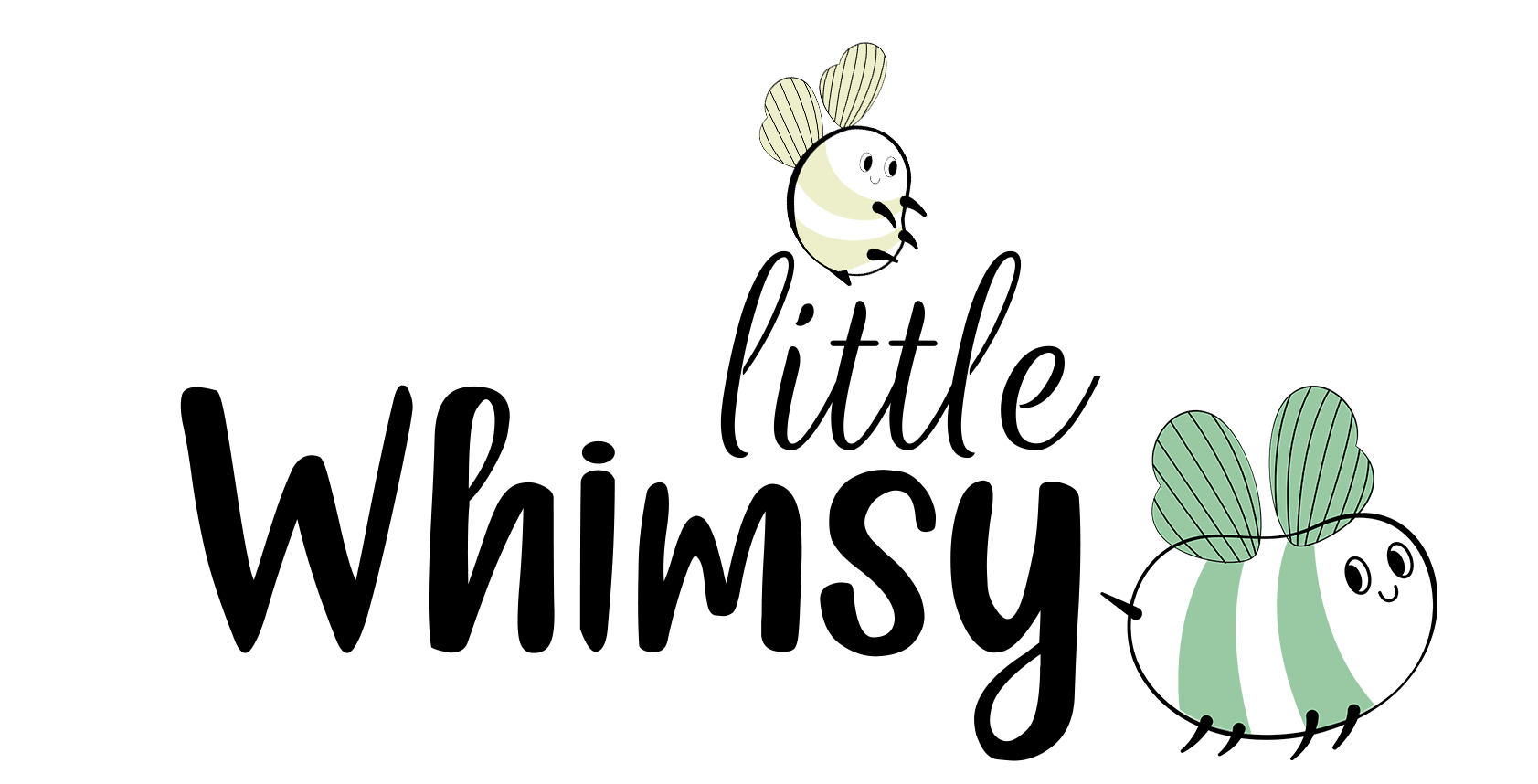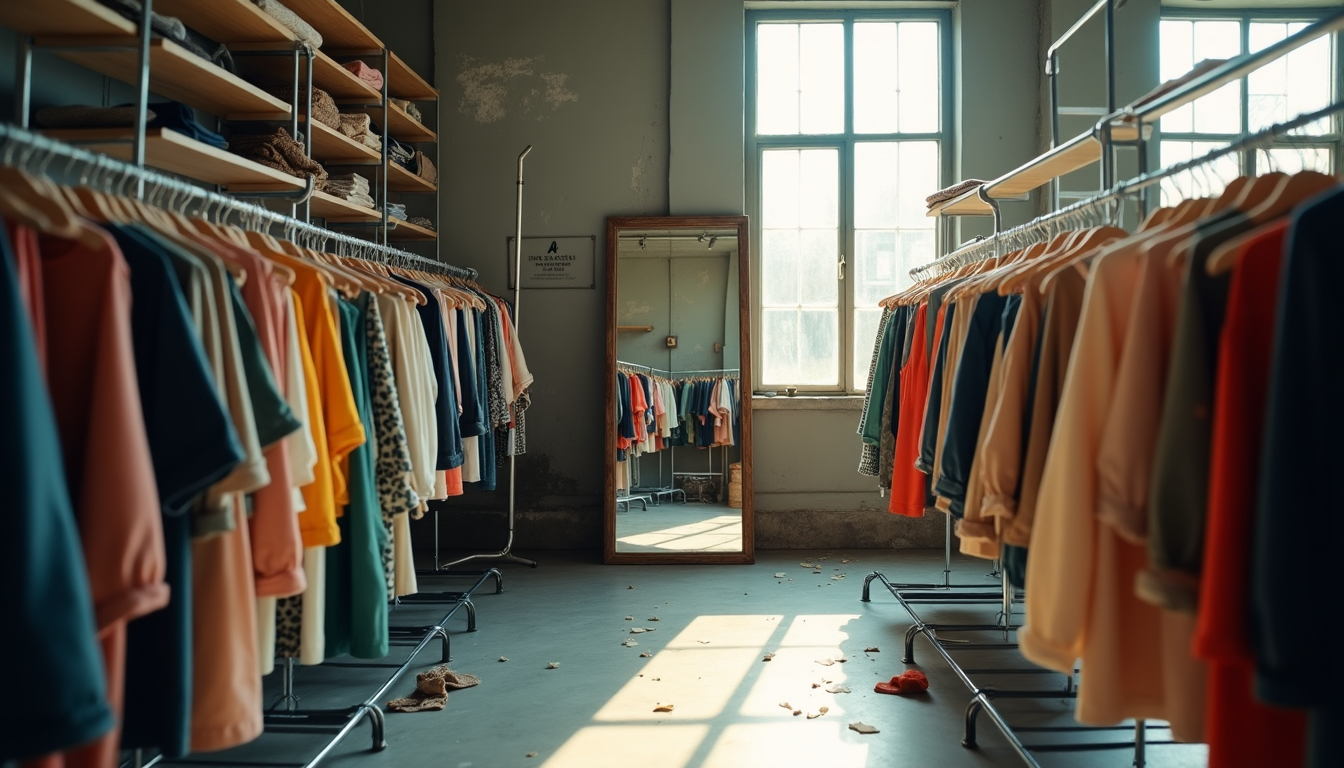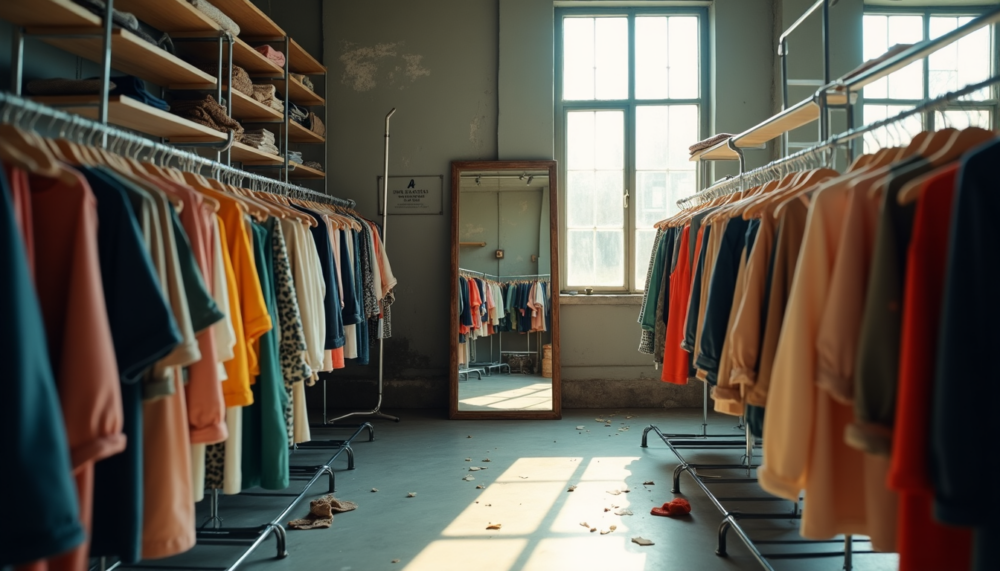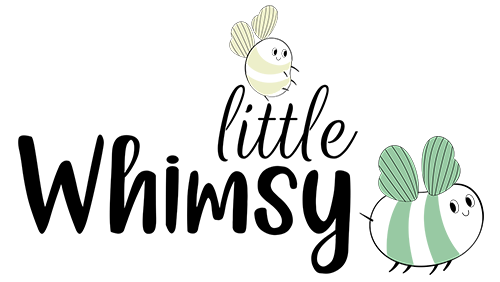What Is Ethical Fashion? A Simple Guide to Making Better Choices (2025)
The fashion industry produces 8-10% of global greenhouse gas emissions, making it one of the world’s biggest environmental polluters. Understanding the meaning of ethical fashion is significant as we face mounting environmental challenges.
The current fashion industry runs on long supply chains with concerning labor conditions. Most workers – predominantly women – receive insufficient wages. Ethical fashion represents a move toward better practices that focus on fair wages, safe working conditions, and environmental responsibility. People can make informed clothing choices that arrange with these values to help create a more eco-friendly future for fashion.
What is Ethical Fashion: Core Principles
Ethical fashion represents a transformation in how we design, produce and distribute clothing. We focused on reducing harm to people and the planet, which will give workers fair treatment throughout the supply chain [1].
Definition and simple concepts
Ethical fashion covers garment production that prioritizes social justice and environmental responsibility. The heart of this movement asks significant questions like “Who made this garment?” and “Are they earning a fair living wage?” [1]. The statistics show that only 2% of fashion workers worldwide receive a living wage [2], which shows the work to be done in ethical practices.
Difference from sustainable fashion
Sustainable fashion focuses on environmental effects, while ethical fashion takes a human-centered approach. The main difference lies in its focus on social altruism and worker protections during garment production [2]. The industry faces major challenges with 97% of garment manufacturing outsourced to the Global South and women making up 85% of the workforce [2]. This makes worker protection even more vital.
Key elements of ethical fashion
The essential elements of ethical fashion include:
- Fair Labor Practices: Workers receive fair wages and work in safe environments, free from exploitation [1]
- Supply Chain Transparency: Brands must be open about their production processes and working conditions [1]
- Environmental Responsibility: Using eco-friendly materials and reducing environmental effects while ensuring worker safety [2]
- Community Support: Supporting local artisans and contributing to economic development in production regions [2]
Ethical fashion brands must address both social and environmental concerns together. Poor environmental practices lead to human consequences [2]. A truly ethical approach needs steadfast dedication to worker welfare and environmental stewardship. These elements work together to create a better fashion industry.
The Real Cost of Fast Fashion
The glamor of cheap, trendy clothing hides a harsh reality that hurts our planet and its people. Each year, the fast fashion industry makes 100 billion garments and dumps 92 million tons of clothing waste in landfills [3].
Environmental impact
Fast fashion’s damage to our environment goes way beyond the reach and influence of waste. This industry stands as the world’s second-largest polluter, with only the oil sector ahead [4]. The production process devastates our water resources:
- A single cotton t-shirt needs 2,700 liters of water to produce [5]
- One pair of jeans uses 3,800 liters of water in its lifetime [6]
- The industry wastes 20% of global water [7]
- Textile dyeing pollutes more water than any other industry except one [6]
Recent studies show the fashion industry creates 8-10% of global carbon dioxide emissions [3]. Manufacturing processes need intense energy, and synthetic materials come from fossil fuels [5].
Human cost
Fast fashion’s human cost tells an even darker story. Garment workers in Bangladesh earn just INR 253.14 daily [8]. They work in terrible conditions just to stay alive. Most workers are women aged 18-24 who spend 14-16 hours at work each day [9].
The 2013 Rana Plaza disaster showed these dangerous conditions at their worst. It killed 1,134 people and hurt more than 2,500 workers [8]. Workers spotted cracks in the building but faced threats of losing a month’s pay if they didn’t show up [8].
The industry’s practices lead 80% of apparel contractors to break overtime and minimum wage laws [10]. Workers face toxic chemicals, poor ventilation, and serious safety risks in factories [9]. The Nandan Denim factory fire in 2020 proved these dangers. Workers got trapped with just one exit – a steep ladder [9].
Fast fashion’s endless chase for profits creates a system that exploits garment workers. They suffer verbal and physical abuse. Some lose their jobs just for taking sick days [10]. This reality clashes with ethical fashion’s core belief that worker welfare matters most.
Understanding Ethical Fashion Labels
The ethical fashion world relies on various certifications that show a brand’s steadfast dedication to eco-friendly and ethical practices. These third-party certifications give solid proof of what brands actually do, beyond just marketing claims [11].
Common certifications
The fashion industry’s most trusted certifications include:
- GOTS (Global Organic Textile Standard): Covers the entire supply chain for organic textiles, from raw materials to manufacturing [11]
- Fair Trade: Workers get ethical treatment and producers receive fair prices [11]
- Bluesign: Takes out harmful substances from textile production [11]
- B Corporation: Companies must meet strict social and environmental standards [12]
- Cradle to Cradle: Looks at material health, energy management, and social fairness [11]
What they mean
These certifications act as independent proof of what brands say they do. To cite an instance, GOTS certification means a product has at least 75% organic fibers [13]. Fair Trade certification makes sure cotton farmers get better prices and workers receive fair pay and conditions [14].
Each certification zeroes in on specific parts of ethical production. B Corporation certification is without doubt one of the most complete assessments that looks at a company’s overall social and environmental effect [12]. Bluesign certification targets workplace safety and chemical management in textile production specifically [15].
How to verify claims
You should think over these key points to assess certification claims:
The scope of certification tells you if it covers the whole product lifecycle or specific aspects [11]. The standards usedshow the specific criteria for certification [11]. The auditing process matters because real certifications need independent third-party verification [11].
Watch out for brands that make vague sustainability claims without backing them up with specific certifications or details [16]. Real ethical fashion brands show their certification information clearly on their websites, along with detailed policies about worker welfare and environmental practices [17].
Building an Ethical Wardrobe
Creating an ethical wardrobe starts with a good look at your current clothes. British shoppers pile up £32,951 worth of unworn clothing throughout their lives [1]. This shows we need better ways to manage our wardrobes.
Start with what you have
A good way to sort your clothes is the four-box method [18]:
- Keep: Clothes you love and wear often
- Repair: Items that need quick fixes
- Donate: Things that don’t fit or match your style anymore
- Repurpose: Clothes you can turn into something new
We used this process to spot buying patterns and avoid making the same mistakes [18]. Sorting through clothes during the right season helps you keep what you’ll actually use.
Quality over quantity
Better quality pieces will save you money and help the environment in the long run. You’ll spend less by saving up for well-made items. A £50 pair of shoes might last two years, while a £200 quality pair could serve you for a decade [19].
Look for these signs of quality:
- Natural Materials: Go for breathable fabrics like organic cotton and linen
- Construction: Check the stitching and overall craftsmanship
- Timeless Design: Pick classic styles that last beyond trends
Second-hand shopping
Second-hand shopping is a great way to build an ethical wardrobe. The numbers speak for themselves – if each person bought just one used item instead of new this year, we’d save 5.7 billion pounds of CO2 emissions [20].
Charity shops give you excellent options for ethical shopping, though their practices vary. Oxfam puts 70% of its spending toward charitable work [21], while other organizations split their money differently.
Natural fabrics like silk, cotton, and linen make the best thrift store finds because they age well [22]. Shopping second-hand cuts environmental damage and supports your local charities and communities.
Building an ethical wardrobe takes time. The switch might feel tough at first, but focusing on quality pieces and embracing pre-loved options will help you make better fashion choices.
Making Ethical Fashion Affordable
You don’t need to empty your wallet to make ethical fashion choices. We have a long way to go, but we can build on this progress in fair wages and eco-friendly practices [2]. There are many ways to build a responsible wardrobe without breaking the bank.
Budget-friendly brands
Some ethical fashion brands now offer affordable options while staying true to their values. Yes Friends has found a smart way – they buy apparel in bulk and pass those savings to you [23]. Wearwell, a woman-owned marketplace, gives you a 10% discount on everything through their yearly membership program. You’ll also get free shipping and seasonal virtual styling sessions [23].
Want more variety? Haverdash’s subscription service lets you rotate unlimited clothing for less than INR 5062.83 per month [23]. Etsy is another great option that connects you with local artisans. You’ll find pre-loved and upcycled apparel at prices that won’t hurt your pocket [23].
Smart shopping strategies
Timing is a vital part of affordable ethical fashion. You can save big by shopping during off-season sales. Look for winter coats in summer and swimwear when it’s cold [24]. This helps you avoid those last-minute buys that often cost more.
Here’s how to shop smarter:
- Mindful Consumption: Take a good look at what you have and figure out what you really need [24]
- Quality Investment: Put your money into well-made basics that last longer [2]
- Second-hand Shopping: Check out thrift stores and online platforms for one-of-a-kind deals [25]
- Clothing Swaps: Start or join swap events to refresh your style without spending [24]
- Repair and Maintain: Pick up some basic mending skills or find a good tailor to make clothes last [26]
The ever-changing world of fast fashion has changed how we think about clothing prices [2]. Higher-quality items might cost more upfront but save you money over time [2]. It makes sense to spend more on everyday pieces rather than occasional wear – they’ll give you better value [26].
Do your homework on brands using resources like Shop Ethical and Ethical Consumer guides [25]. These tools help you spot genuine ethical companies with fair prices. Follow your favorite ethical brands on social media or sign up for their newsletters to catch special deals [24].
The Good On You directory shows plenty of “Good” or “Great” rated brands that won’t break the bank [2]. Building an ethical wardrobe becomes easier when you mix these trusted brands with smart shopping habits. Note that ethical fashion isn’t all-or-nothing – even small steps toward better choices make an impact [2].
Conclusion
Ethical fashion goes beyond trends. It shows our steadfast dedication to environmental sustainability and human dignity. The switch might feel overwhelming at first, but simple steps can make a real difference. Learning about certification labels and choosing quality over quantity are great ways to start. Shop Little Whimsy and similar brands help you begin your sustainable fashion experience without sacrificing style or spending too much.
Better clothing choices take patience and dedication. Building an ethical wardrobe doesn’t need perfection – every thoughtful purchase helps create positive change. Smart shopping habits, exploring second-hand options, and supporting certified ethical brands can revolutionize the fashion industry.
Clothes are more than just commodities – they come with real costs to our planet and its people. We can choose better, buy less, and support brands that match our values. These simple choices, multiplied across millions of conscious consumers, can help create a fashion industry that serves both people and planet effectively.




